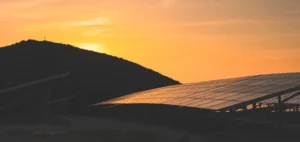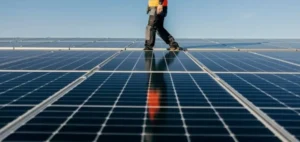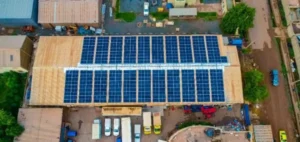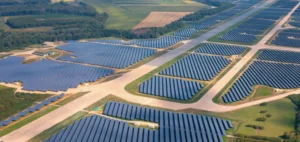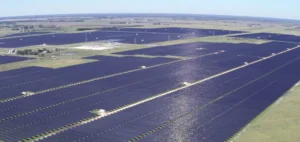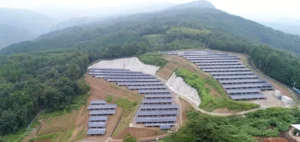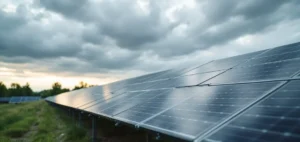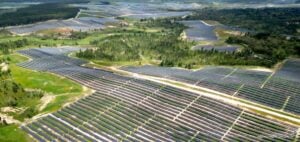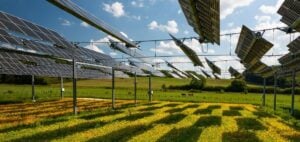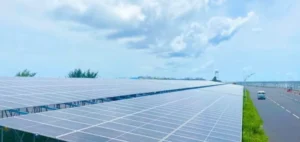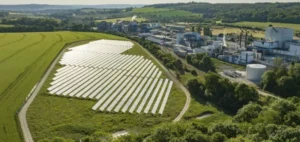The US solar supply chain is facing a critical phase, driven by the combined impact of new anti-dumping and countervailing duties (AD/CVD) on cells and modules from Southeast Asia, along with stricter restrictions on Foreign Entities of Concern (FEOC). Tariff rates range from 41.08% for Malaysia to as high as 660.04% for Cambodia, disrupting the sector and increasing costs for domestic manufacturers.
Diversification fails to reduce Chinese dependence
According to Wood Mackenzie, these measures have not been enough to reduce China’s influence on the US solar sector. While manufacturers have sought to diversify their supply sources, the majority of essential components still come from factories owned by Chinese companies, even when they are located in Malaysia or Vietnam. “The solar industry’s supply chain shuffle reveals a fundamental paradox,” said Elissa Pierce, a research analyst at Wood Mackenzie. She pointed out that despite billions invested in tariffs and diversification, Chinese companies still control production through their regional subsidiaries.
The new Section 232 investigation, launched in July on polysilicon imports, represents another major challenge for the US industry. China controls 95% of the global production capacity for polysilicon used in the solar sector, while alternatives in Germany, Malaysia, and South Korea remain limited. Since the closure of REC Silicon’s Moses Lake facility in early 2025, the US no longer has a dedicated domestic production capacity for solar-grade polysilicon.
Price hikes and geographical repositioning
The AD/CVD tariffs on modules from Cambodia, Malaysia, Thailand, and Vietnam have already led to a 12% increase in Southeast Asian module prices over the past year, according to Wood Mackenzie. US manufacturers are now shifting their sourcing towards Indonesia and Laos, where the combined market share of imported modules surged from 2% to 35% between Q1 2024 and Q1 2025. This rapid diversification has led a group of US manufacturers to file a new AD/CVD petition targeting India, Indonesia, and Laos, making it likely that tariffs will soon be extended to these countries as well.
Maintaining domestic production has been made more difficult by US legislation, notably the One Big Beautiful Bill Act, which could impact up to 23 GW of existing capacity by imposing a restructuring of ownership or forcing facility closures. The availability of the 45X manufacturing tax credit remains crucial, as its absence could eliminate all profit margins for US manufacturers unless prices are increased.
Inventory depletes and North Africa expected by 2026
Record imports in 2023 and 2024 have created inventories that can cover demand through 2025. However, according to Wood Mackenzie, these inventories are rapidly depleting, with monthly imports falling from 5.3 GW to 2.4 GW since late 2024. The Middle East and North Africa regions offer new alternative sources, with reciprocal tariff rates of 10%, much lower than the rates applied to Indonesia, India, or Laos. However, the majority of production capacity in this region remains Chinese-owned, and its full deployment is not expected until 2026.
“The new Section 232 investigation on polysilicon represents the industry’s biggest supply vulnerability,” concludes Elissa Pierce of Wood Mackenzie. She noted that additional restrictions on this strategic component could quickly paralyze the US solar market.



